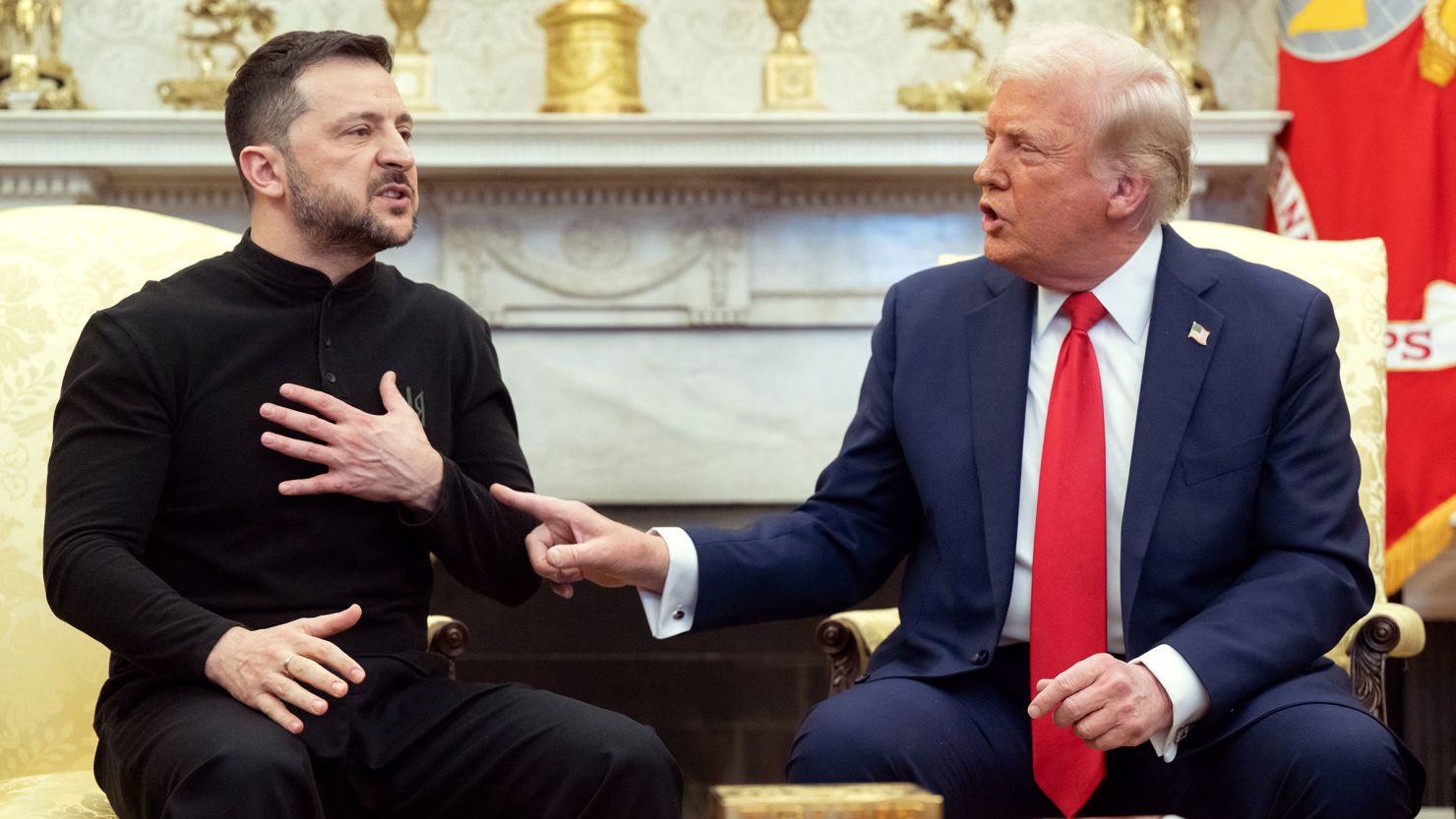Throughout history, economies across the world have been shaped by conflict, conquest, and the machinery of war. In contrast, India’s economic framework was historically based on sustainability, spiritual values, and nature’s preservation. This contrast between war-driven wealth accumulation and India’s unique economic model offers a deeper understanding of global economic development.
War as the Foundation of Global Economies
1. Ancient Empires and the Economics of Conquest
- The Roman Empire (27 BCE – 476 CE) thrived by expanding through war, enslaving conquered peoples, and taxing their lands.
- The Mongols (13th century) built the largest land empire by plundering cities and controlling trade routes like the Silk Road.
- European kingdoms, including the British, French, and Spanish, accumulated wealth by conquering territories and extracting resources.
2. The Rise of War-Driven Industrialization
- The British Empire (18th–20th century) fueled its economy through colonial exploitation, including in India.
- The Industrial Revolution (1750–1900) was powered by war-related industries like steel production, shipbuilding, and firearms manufacturing.
- The United States and the Soviet Union became superpowers largely by investing in military technology during World War II and the Cold War.
3. The Modern Military-Industrial Complex
- The U.S. economy has been heavily influenced by defense spending, with companies like Lockheed Martin and Boeing leading the arms industry.
- Oil wars in the Middle East, such as the Iraq War (2003), were driven by economic interests linked to military power.
- Nations like China and Russia continue to expand their economies through military technology and strategic geopolitical interventions.
India’s Sustainable Economic Model
In contrast to war-driven economies, India’s historical economic model was rooted in harmony with nature, spirituality, and a self-sustaining system of social and economic structures.
1. Agriculture and Nature-Centric Economy
- India’s economy was based on sustainable agriculture, with systems like crop rotation and organic farming.
- Traditional irrigation methods like step wells and reservoirs ensured water conservation.
- Reverence for nature prevented excessive deforestation and industrial pollution.
2. Festivals, Fasting, and Economic Circulation
- Indian festivals like Diwali, Holi, and Navratri created cyclical economic booms through trade, artisanship, and tourism.
- Fasting traditions reduced excessive consumption, preventing resource exploitation.
- Temple donations and charity ensured wealth distribution within society.
3. Pilgrimage Economy and Spiritual Commerce
- Sacred cities like Varanasi, Rameswaram, and Kedarnath sustained local economies through religious tourism.
- Pilgrimage routes connected different regions, fostering trade without military conquest.
- The Guru-Shishya parampara (teacher-disciple tradition) ensured knowledge and economic skills were passed down without exploitation.
The Clash of Economic Philosophies
- While the Western model focused on rapid expansion, resource exploitation, and war-driven industries, India’s approach was centered on gradual, sustainable growth.
- Colonial rule disrupted India’s economic self-sufficiency, forcing it into the global war-driven industrial framework.
-
In the modern world, as environmental crises grow, India’s traditional sustainable model offers valuable lessons for future economic policies.



